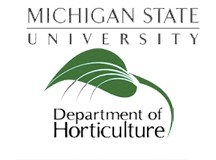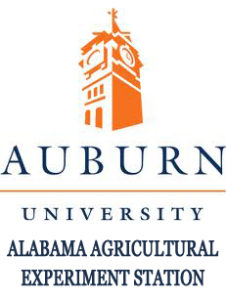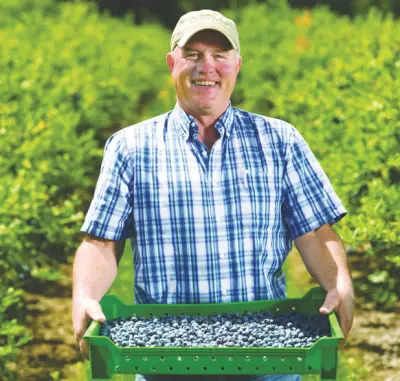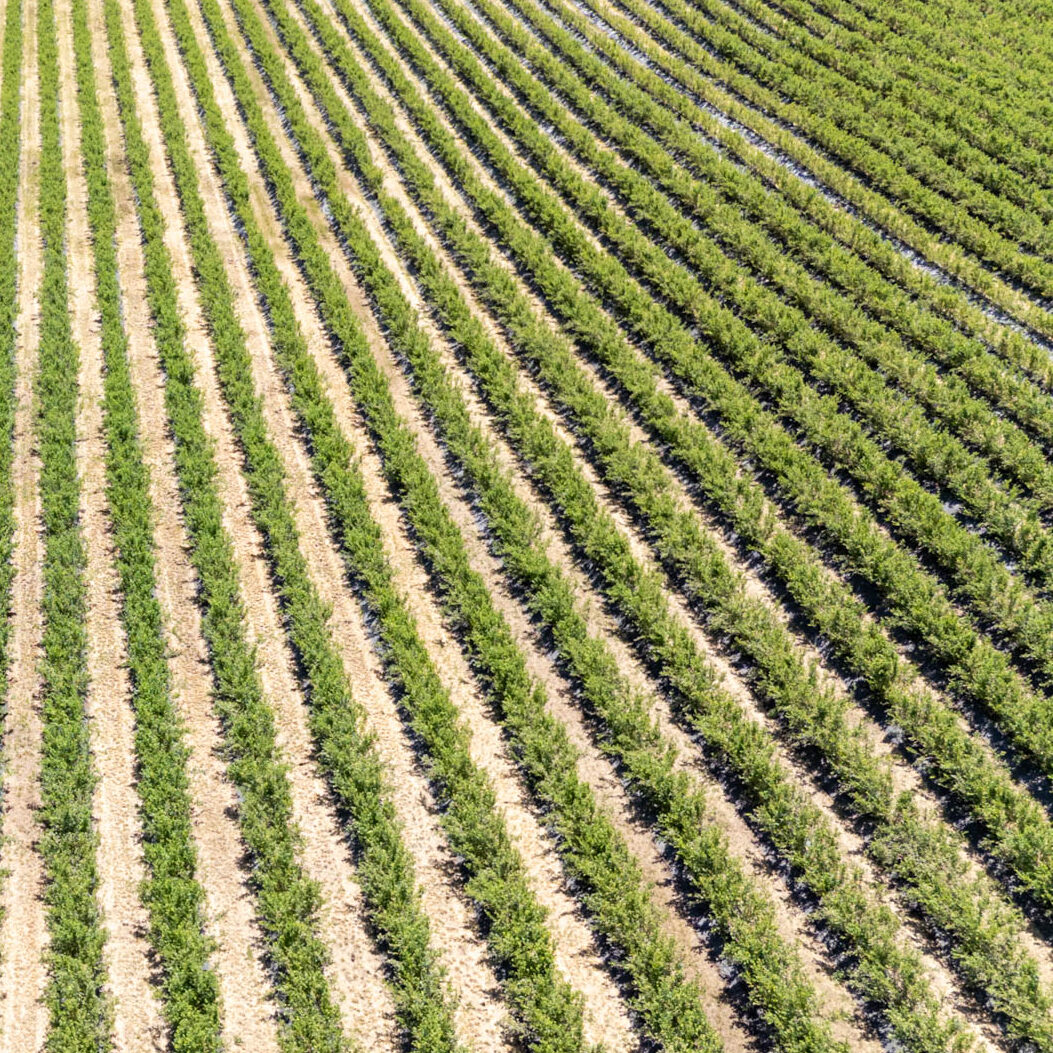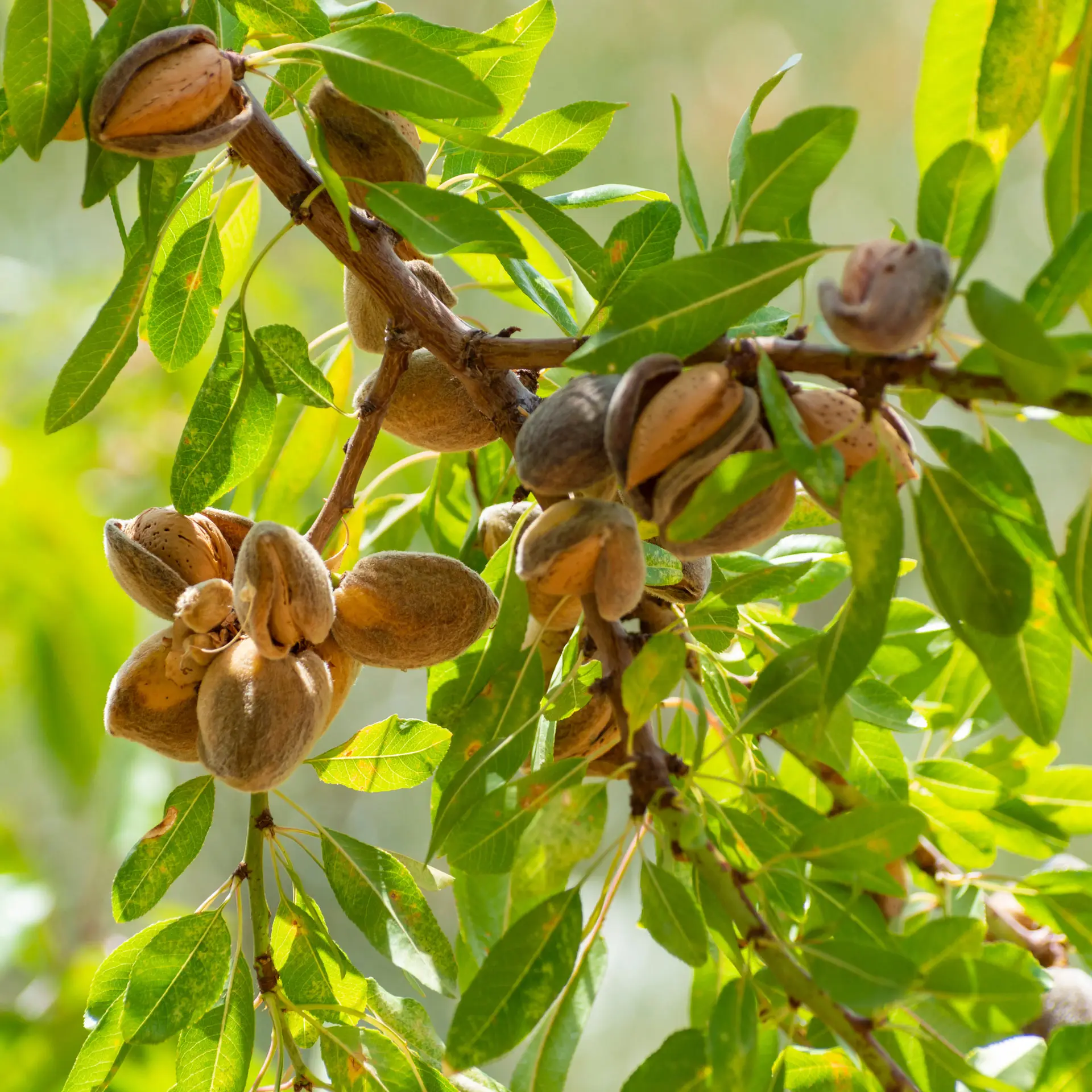Effective Bird Deterrent for a Wide Range of Species
Birds Targeted by Bird Gard Solutions
Explore Solutions for Different Birds
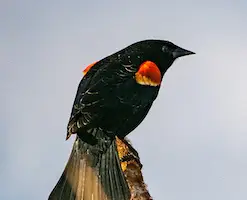
Blackbirds
Blackbirds can cause significant damage to agriculture, particularly in grain and fruit crops. They often form large flocks, consuming crops like corn, rice, and sunflowers, leading to substantial economic losses. Additionally, their droppings can contaminate harvested produce, posing food safety risks.
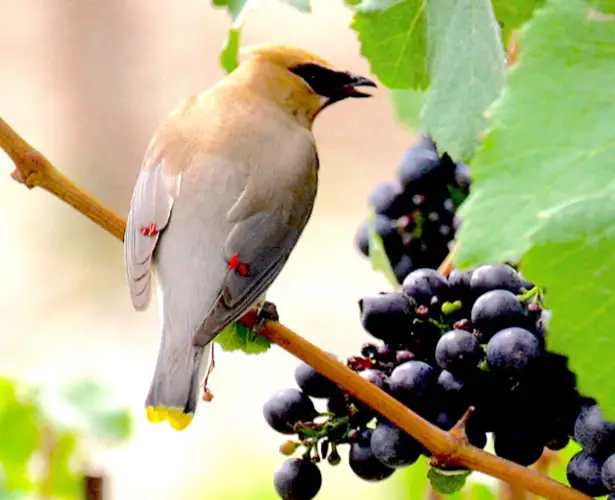
Cedar Waxwings
Cedar Waxwings primarily affect orchards and vineyards. Their preference for soft fruits like cherries, berries, and grapes can lead to significant losses for fruit growers. Their feeding habits often result in damaged or entirely consumed crops.
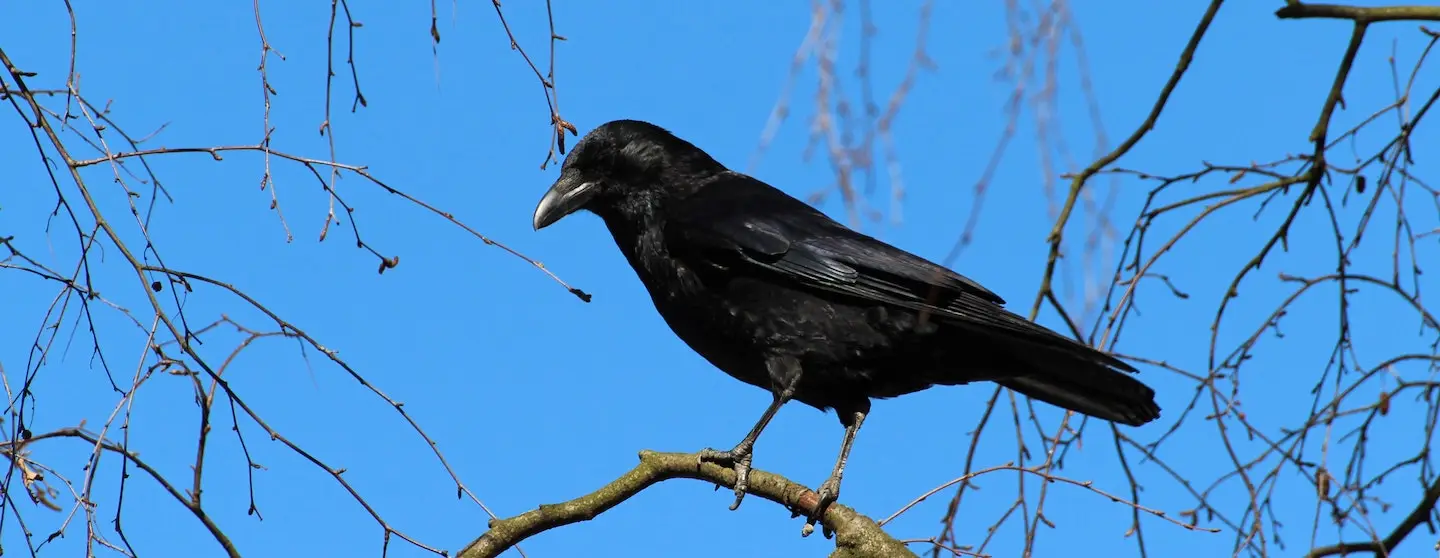
Crows & Ravens
Crows and ravens are notorious for their impact on agriculture. These highly intelligent birds raid crops such as corn, nuts, and fruits. The damage to irrigation lines is significant and can cause thousands of dollars in material and labor to repair. They also scavenge in livestock areas, spreading diseases and creating sanitation issues.
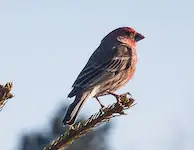
Finches
Finches are a concern for the agriculture industry due to their attraction to seed crops. Sunflower fields and grain storage areas are particularly vulnerable to finch activity, as they consume seeds and scatter them, reducing yields.
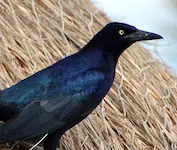
Grackles
Grackles are a major issue for agriculture due to their tendency to feed on cornfields and fruit orchards. They also gather in large roosts near urban areas, creating noise pollution and sanitation problems with their droppings.

Magpies
Magpies impact livestock farming by scavenging animal feed and sometimes preying on young or weak livestock. Their presence near farms can lead to contamination of feed supplies and spread of pathogens.
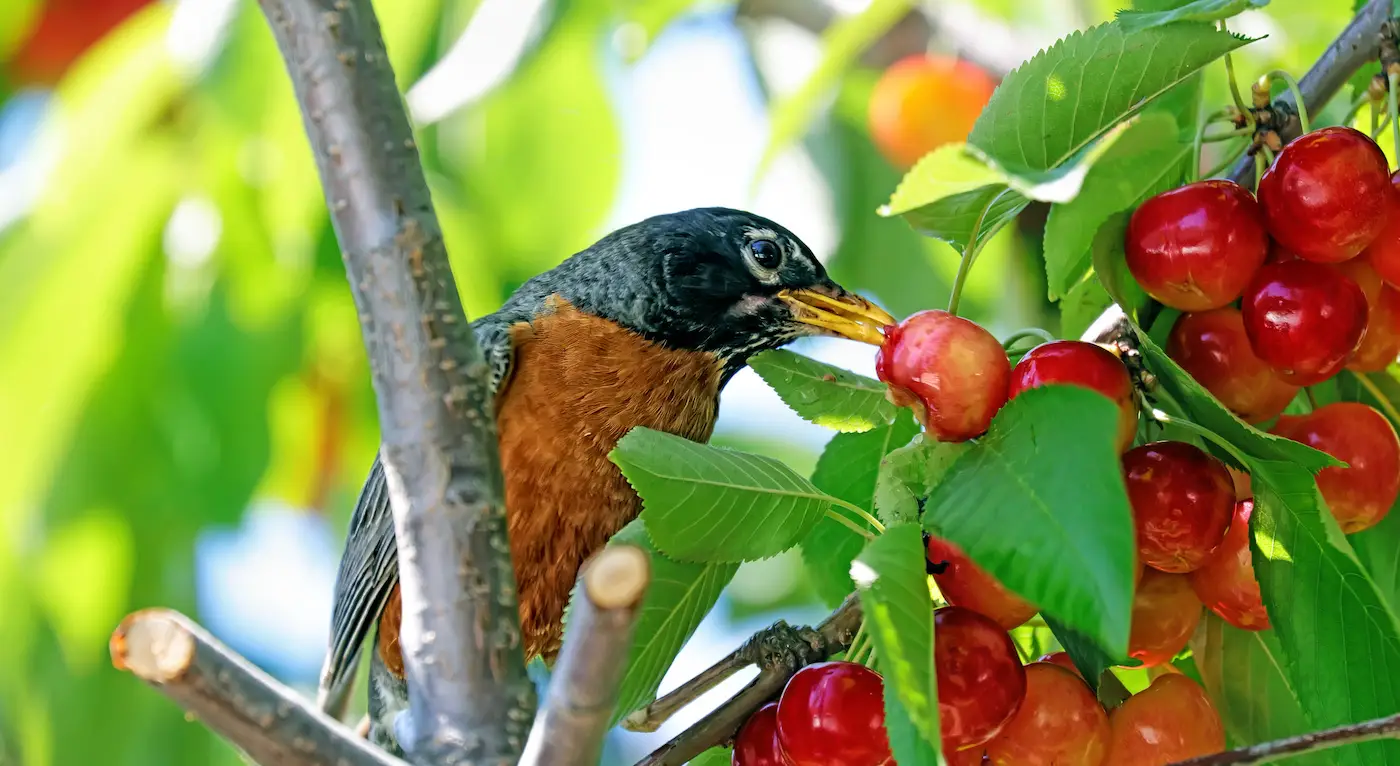
Robins
Robins primarily affect berry farms by feeding on strawberries, blueberries, and other small fruits. Their activity leads to reduced crop yields and damaged produce that cannot be sold. They congregate in the crop foliage where visual deterrents are ineffective.
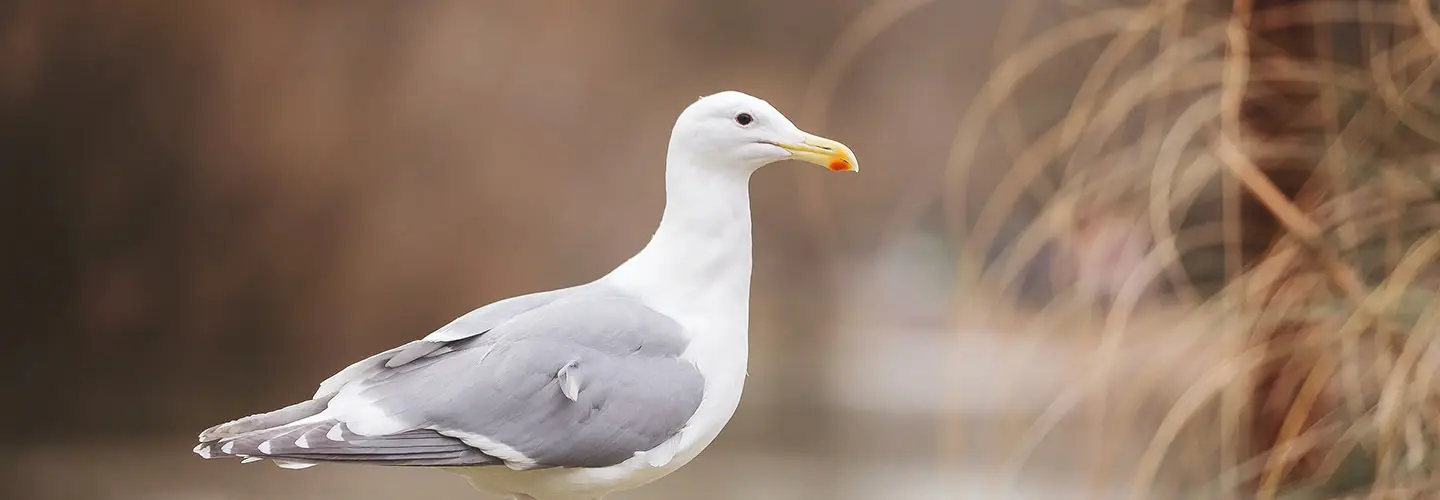
Seagulls
Seagulls are a nuisance in marine industries as they scavenge around ports and fishing docks, contaminating fish catches with droppings. They also pose risks at landfills near coastal areas by spreading waste and disease.
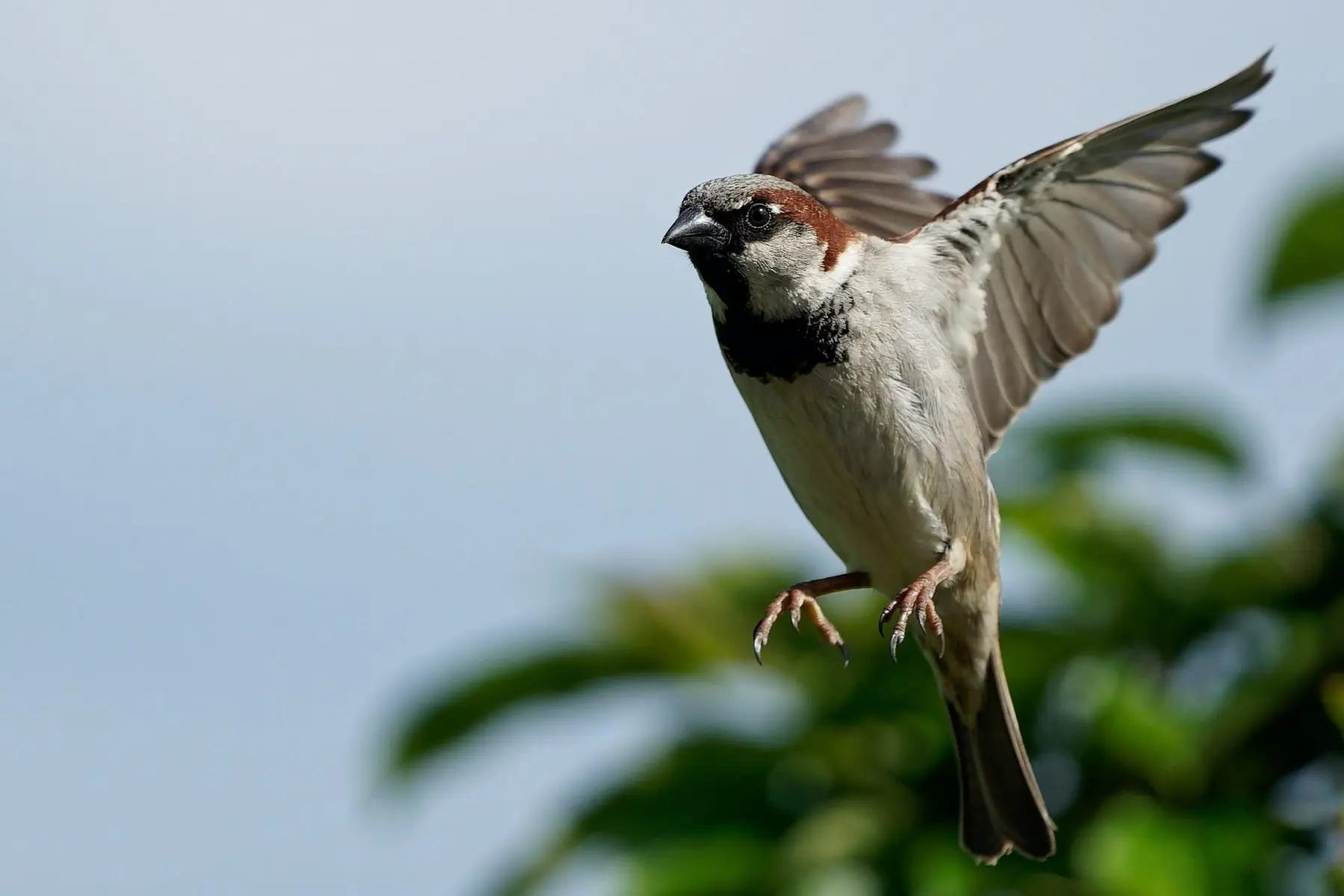
Sparrows
Sparrows are a significant concern for the agriculture industry. These small birds often form large flocks, feeding on grains and fruit crops such as wheat, barley, and cherries. They can also contaminate stored grain with their droppings, leading to food safety issues and economic losses.
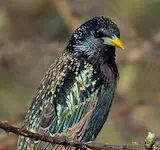
Starlings
Starlings are highly problematic for agriculture due to their large flocking behavior. They feed on fruits, grains, and livestock feed, causing extensive crop damage and contamination. Additionally, their droppings can spread diseases like histoplasmosis, creating health risks for humans and livestock. Their flocks can be into the hundreds of thousands or more.
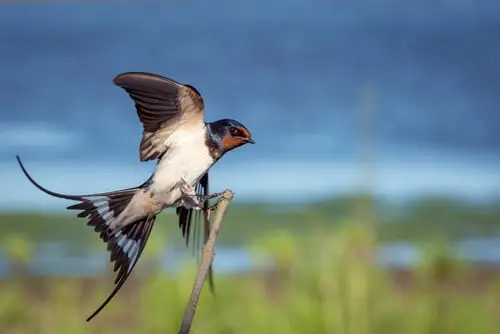
Swallows
Swallows primarily impact the aviation industry. Their nesting habits near airport structures and flight paths pose risks to aircraft safety. Swallows often gather in large numbers, increasing the likelihood of bird strikes during takeoff and landing, which can result in costly damage to aircraft.
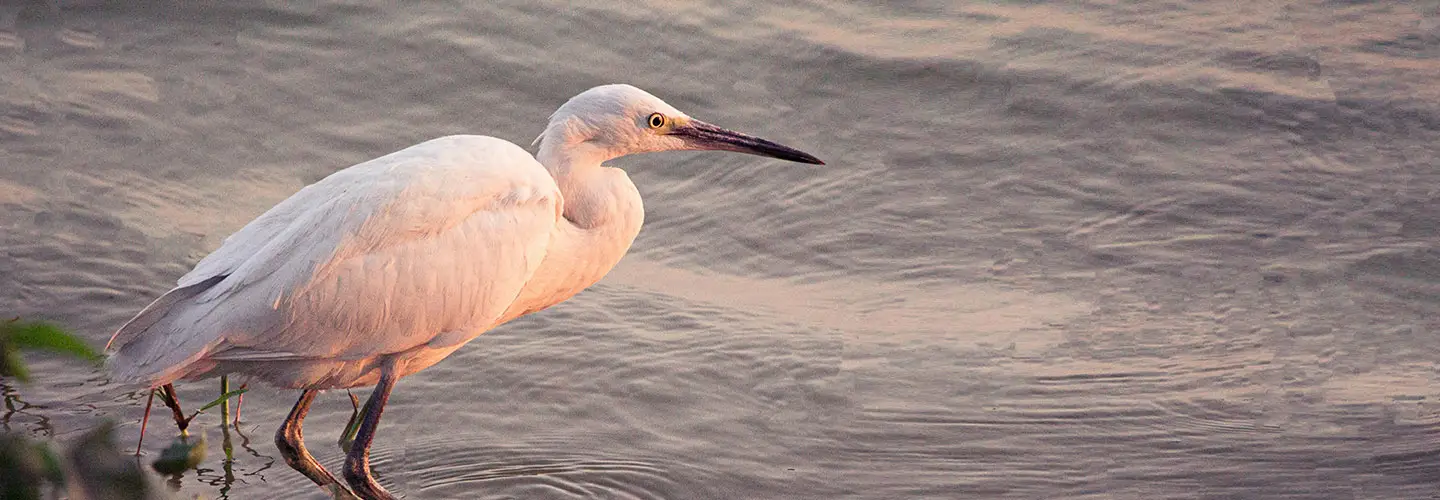
Waterfowl
Waterfowl like ducks and swans affect agriculture by grazing on rice paddies and other wetland crops. They also degrade water quality in reservoirs and irrigation systems with their droppings.
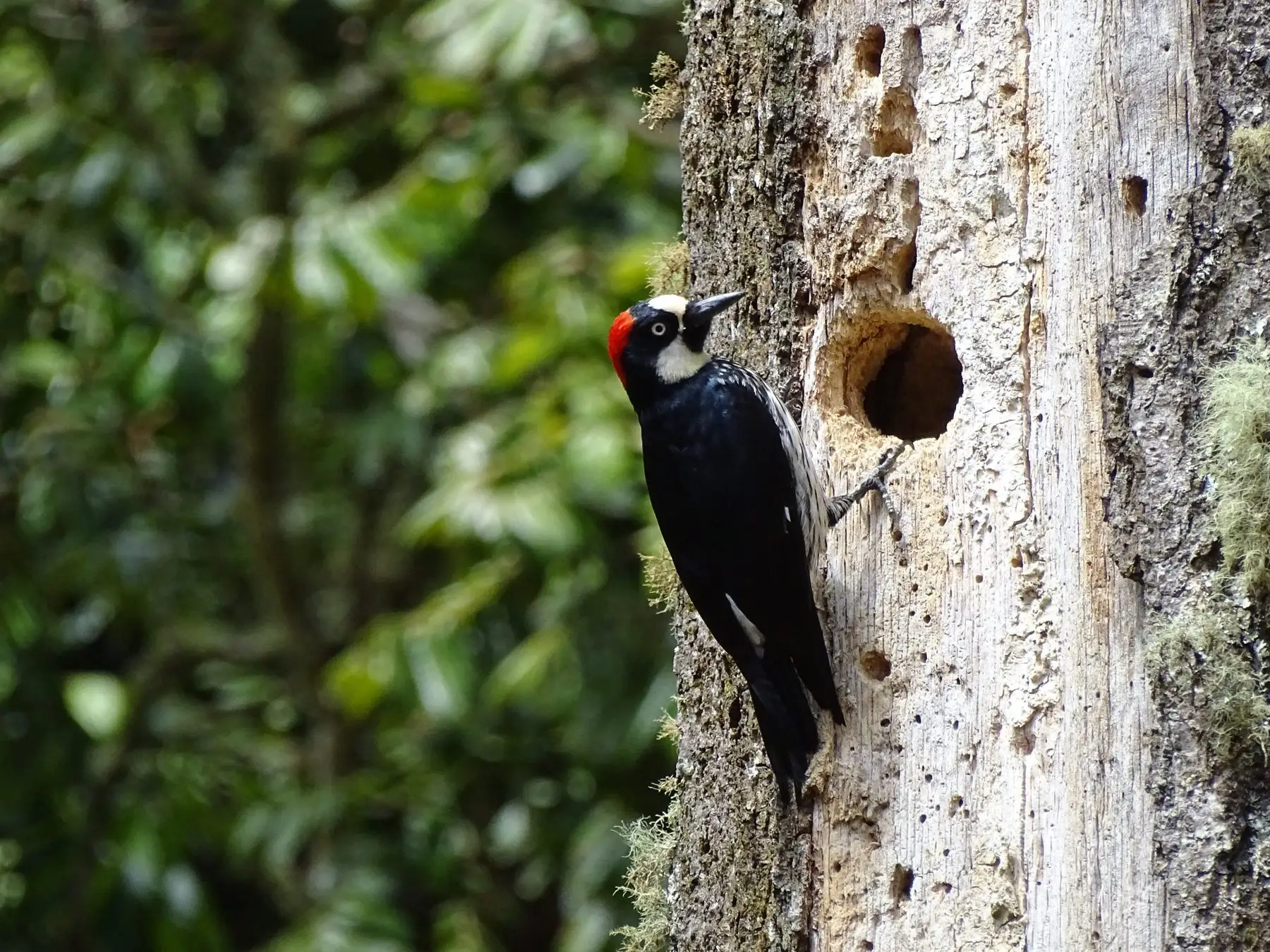
Woodpeckers
Woodpeckers create problems for the power industry by drilling holes in wooden utility poles. This weakens the poles structurally over time, leading to costly repairs or replacements.
Watch and learn more about Bird Gard's Bioacoutics technology
Birdgard’s bioacoustic technology effectively deters birds from farms and agricultural applications. By emitting a range of natural bird distress calls and predator sounds, the system creates an environment that discourages birds from entering the protected area, helping to safeguard crops and prevent damage.
Click play below and watch now.
Customer Success Stories
Does it work? The agricultural community is small, and farmers talk. We wouldn’t be in business for over 30 years if Bird Gard wasn’t meeting expectations. Let those using Bird Gard share their success story with you
Blueberry Farm Increase Yields by 50%
A large blueberry farm faced ongoing challenges with bird infestations that significantly impacted their yields.
Oregon State University - How Bird Gard Supports Berry Crop Research
Since 1992, Oregon State University’s North Willamette Research and Extension Center has been conducting berry crop research, managing over 12 acres of berry trials.
UC Davis - How Bird Gard Reduced Crow Damage in Almond Orchards and Saved Thousands in Losses
Almond orchards in Yolo County and Sutter County, California, faced persistent damage from crows, leading to substantial crop losses each year.
Learn how Bird Gard can help you reduce the impact of birds on your property, commercial or agricultural. Contact a bird control expert today.
Testimonials
